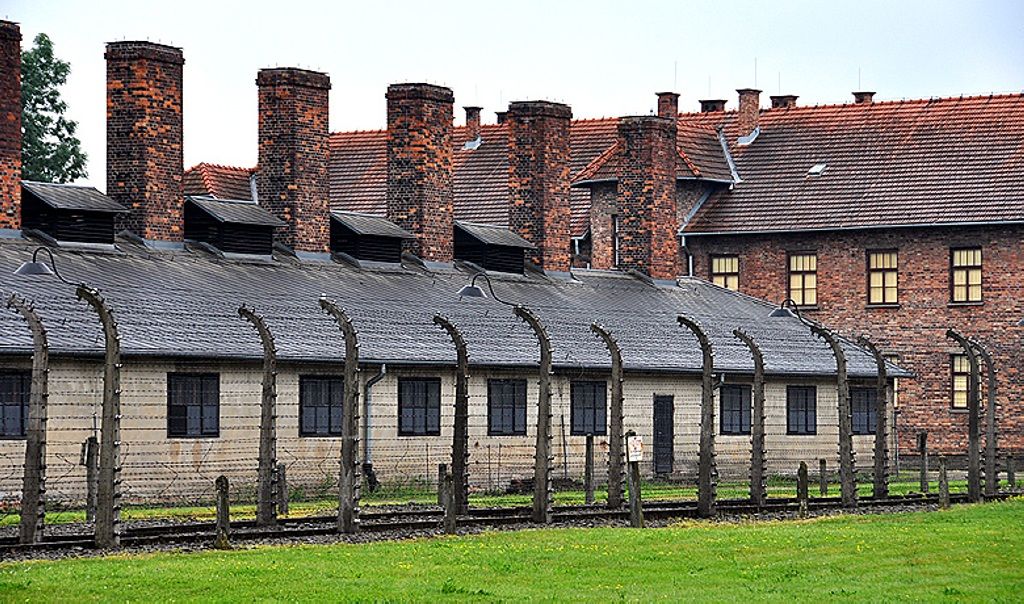Auschwitz Concentration Camp visit -the German Nazi extermination camp was an experience that all peoples of all creeds should ‘endure’ at least once but more as a “wake up call” to oneself. Along with my local friend and ‘guide’, we arrived here by bus after an invitation for two directly from Auschwitz–Birkenau Museum. As a holder of a Press Pass, we were expected to arrive at a set time and meet a member of the head office who made us welcomed and brought us in touch with our guide. Together with the rest of the group we entered the Auschwitz Concentration Camp. Mind you, on busy days, over 30.000 tourists will walk through these grounds.
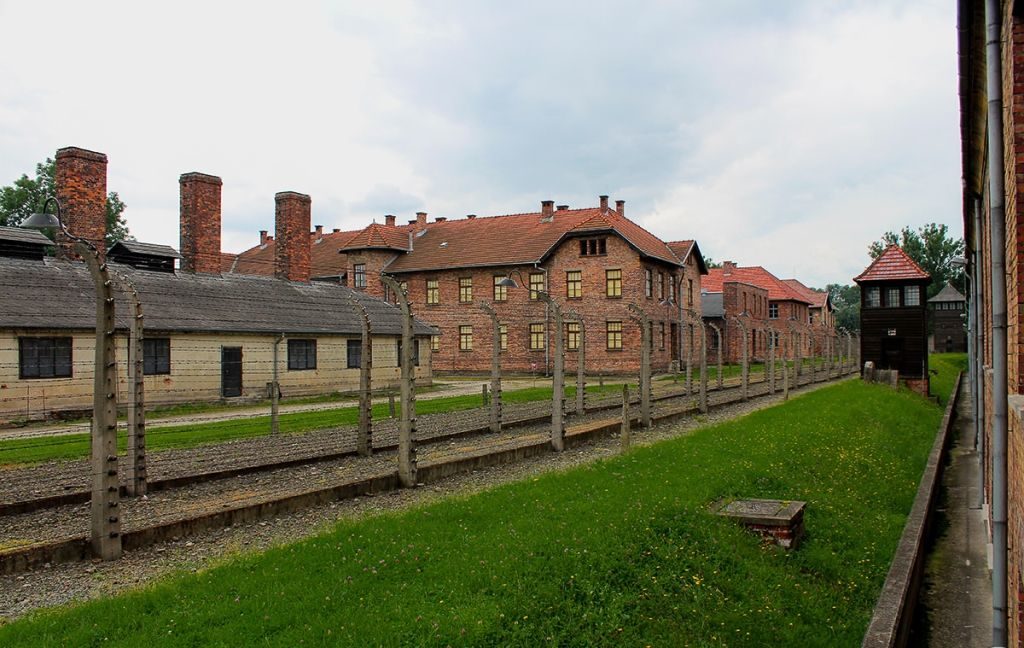 First Feelings
First Feelings
Imagining what happened at the Auschwitz Concentration Camp is nearly impossible. How can a person comprehend anything at all while standing in a spot where a million people were murdered for not a good reason?
Auschwitz Concentration Camp
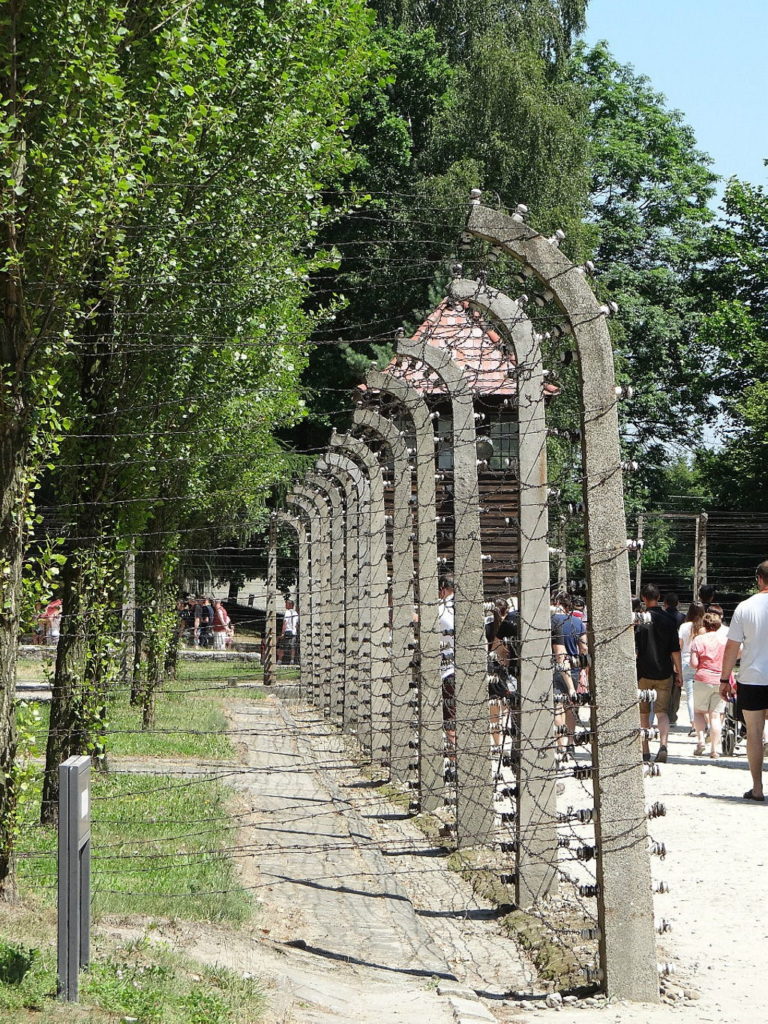 Tolerance, humility and understanding is my learning experience from my visit to the Auschwitz Concentration Camp. I was extremely moved and I don’t believe there was a single person in the group who was not touched by that visit. Words can’t really explain the feelings that come to the surface being here…The place holds so much darkness!
Tolerance, humility and understanding is my learning experience from my visit to the Auschwitz Concentration Camp. I was extremely moved and I don’t believe there was a single person in the group who was not touched by that visit. Words can’t really explain the feelings that come to the surface being here…The place holds so much darkness!
Auschwitz Concentration Camp
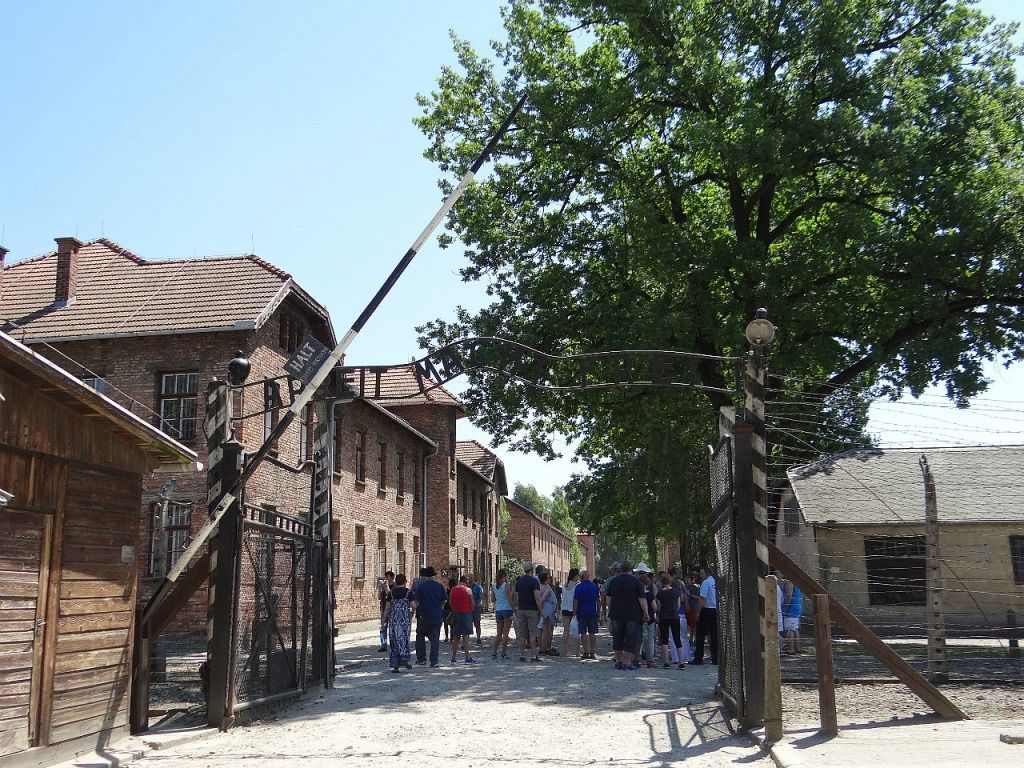 “Work Will Set You Free”
“Work Will Set You Free”
The gate reads “Arbeit Macht Frei” meaning “Work will set you free.” The prisoners of the Auschwitz Concentration Camp thought they were going to labour camps, but in reality, this was camp designed for mass extermination.
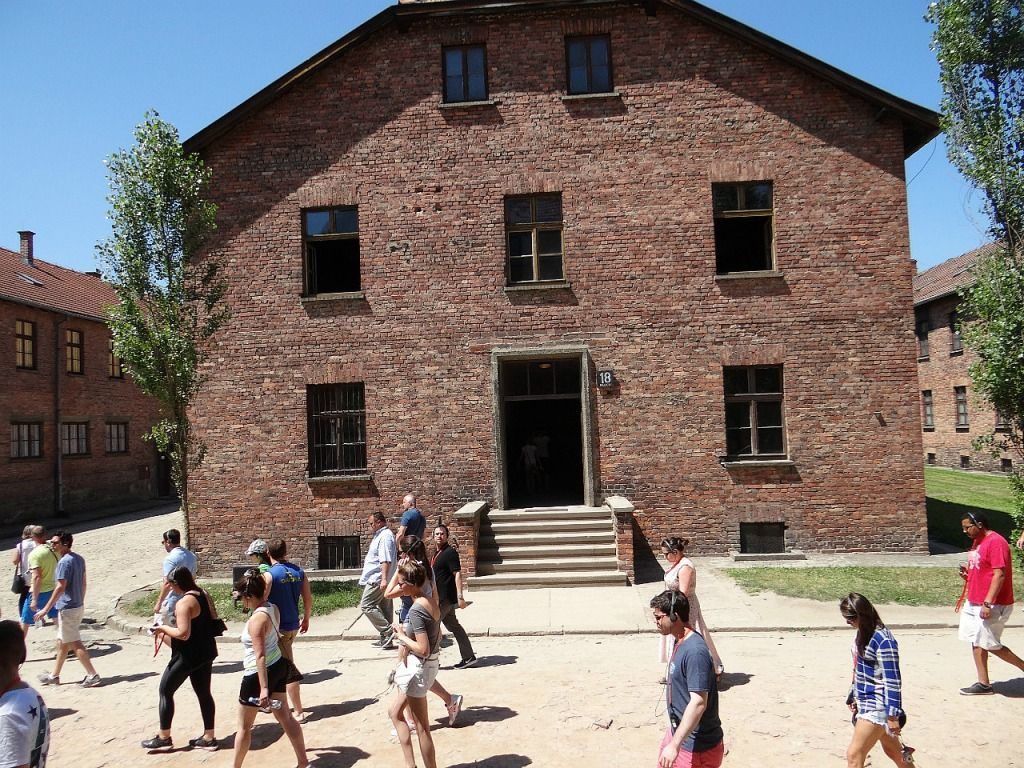 Guided Tour
Guided Tour
We stepped out into a grassy courtyard flanked by austere red brick buildings. Over 1.000 prisoners were held in one single barrack. The gates and double barbed wire electrified fences surrounding the camp made escape virtually impossible. Less than 10% who walked through these gates survived. Fear and desperation were everywhere!
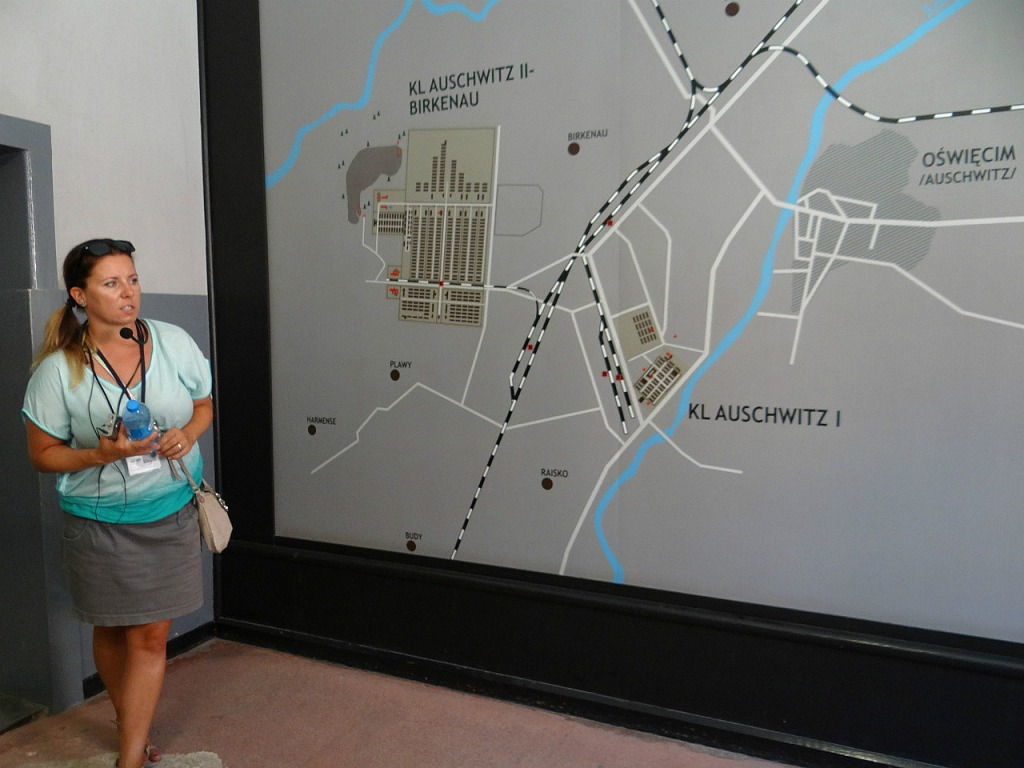 The next few hours in the Auschwitz Concentration Camp are hard to describe. Your guide leads you through the avenues and neat brick houses of Auschwitz I. There are bare dormitories, chilly parade grounds and –everywhere – double lines of razor wire poles, each equally spaced from its neighbour, and arched in a candy cane curve.
The next few hours in the Auschwitz Concentration Camp are hard to describe. Your guide leads you through the avenues and neat brick houses of Auschwitz I. There are bare dormitories, chilly parade grounds and –everywhere – double lines of razor wire poles, each equally spaced from its neighbour, and arched in a candy cane curve.

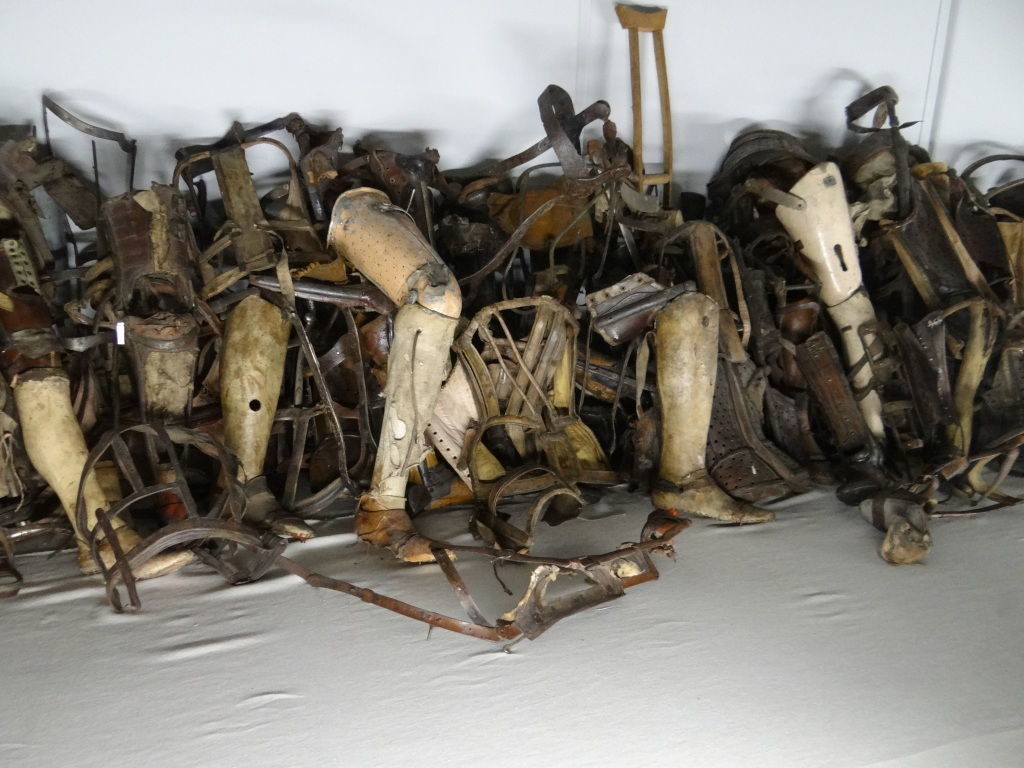 At Auschwitz Concentration Camp we were guided through buildings set up museum-style. Maps, photos, prison cells. Stories of people who became numbers. We were entering one room after the other. Every piece of the place has a story attached. Here a room, three feet by three feet, where four men were made to stand in the dark until they died. There the square outside notorious Block 11, the prison within a prison, where inmates were routinely executed against a brick wall.
At Auschwitz Concentration Camp we were guided through buildings set up museum-style. Maps, photos, prison cells. Stories of people who became numbers. We were entering one room after the other. Every piece of the place has a story attached. Here a room, three feet by three feet, where four men were made to stand in the dark until they died. There the square outside notorious Block 11, the prison within a prison, where inmates were routinely executed against a brick wall.
Auschwitz Concentration Camp
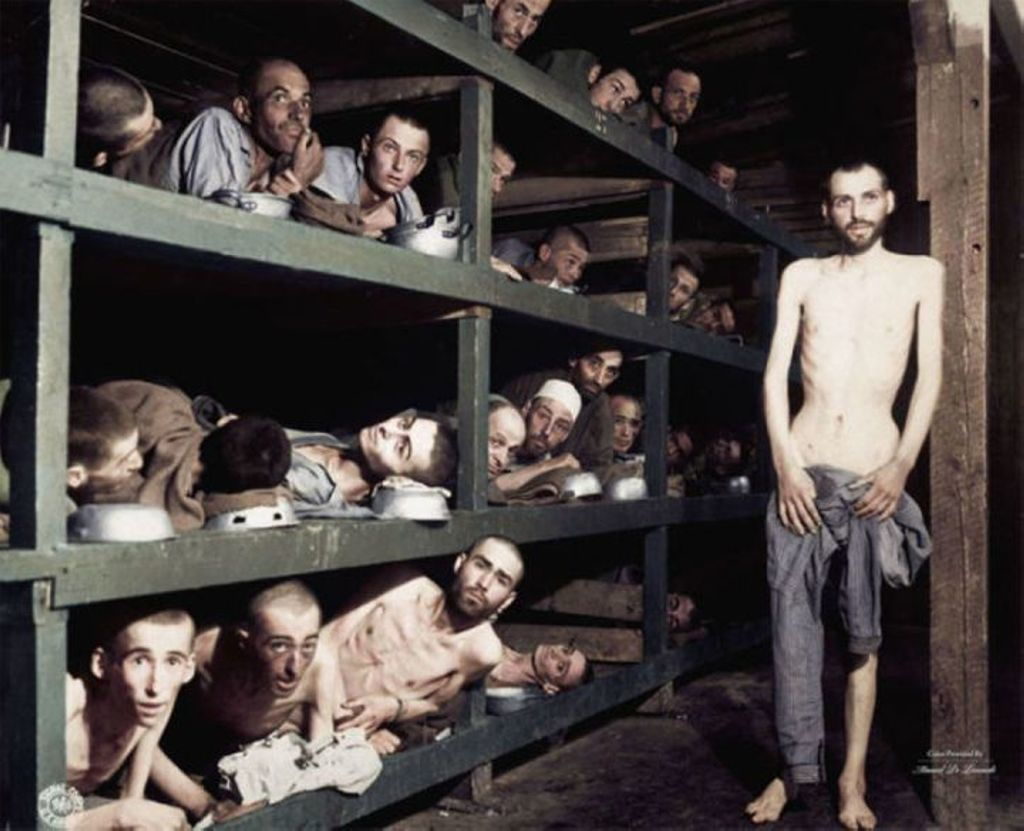 With its sections separated by barbed-wire fences, Auschwitz II had the largest prisoner population of any of the three main camps. In January 1942, the first chamber using lethal Zyklon B gas was built on the camp. This building was judged inadequate for killing on the scale the Nazis wanted, and four further chambers were built. These were used for systematic genocide right up until November 1944, two months before the camp was liberated.
With its sections separated by barbed-wire fences, Auschwitz II had the largest prisoner population of any of the three main camps. In January 1942, the first chamber using lethal Zyklon B gas was built on the camp. This building was judged inadequate for killing on the scale the Nazis wanted, and four further chambers were built. These were used for systematic genocide right up until November 1944, two months before the camp was liberated.
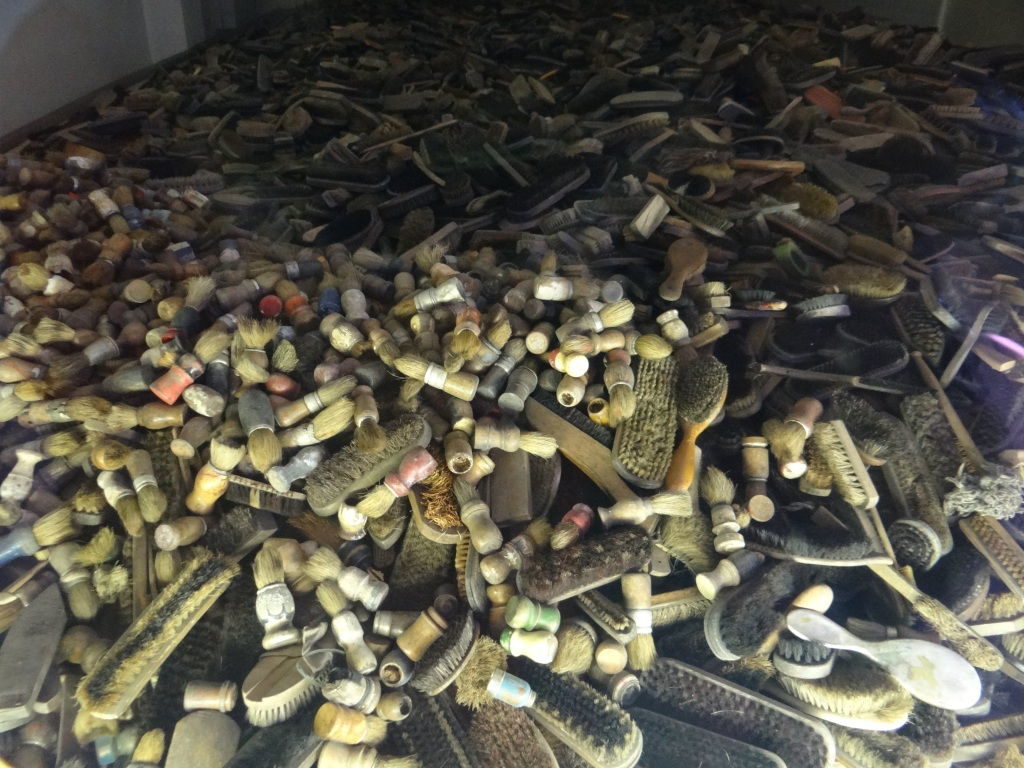
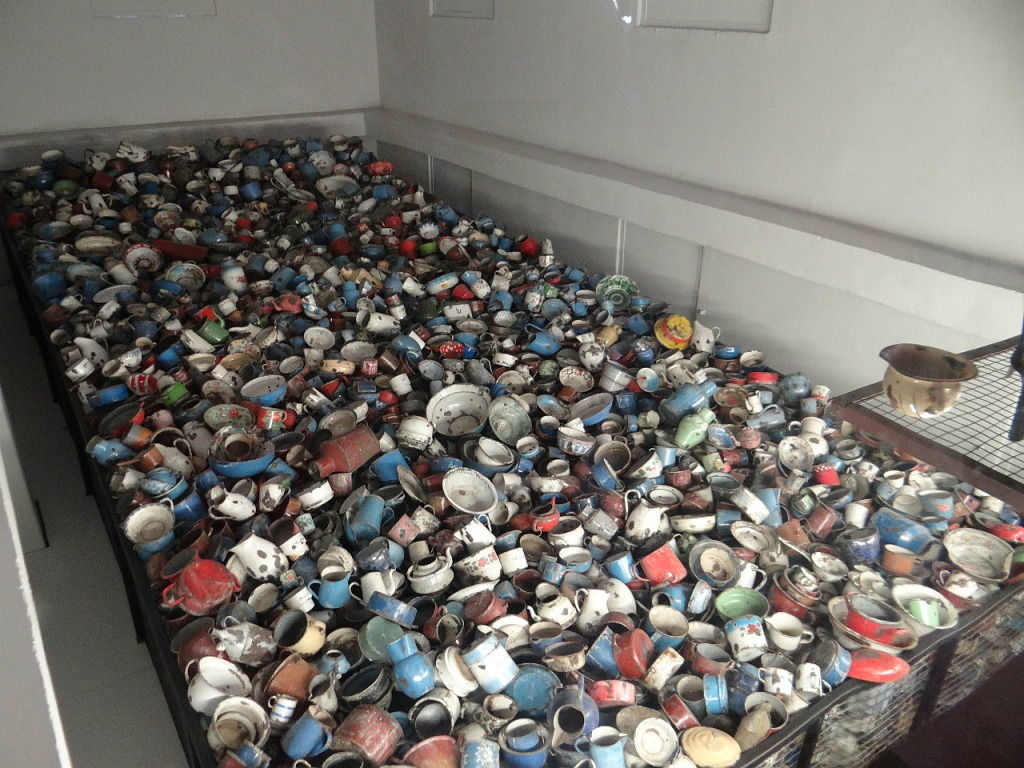 The house of the camp commandant, Rudolf Hoss, and the gallows where he was executed by the Allies in 1947. The gas chambers, the piles of hair, glasses, shoes, abandoned luggage and children’s toys.
The house of the camp commandant, Rudolf Hoss, and the gallows where he was executed by the Allies in 1947. The gas chambers, the piles of hair, glasses, shoes, abandoned luggage and children’s toys.
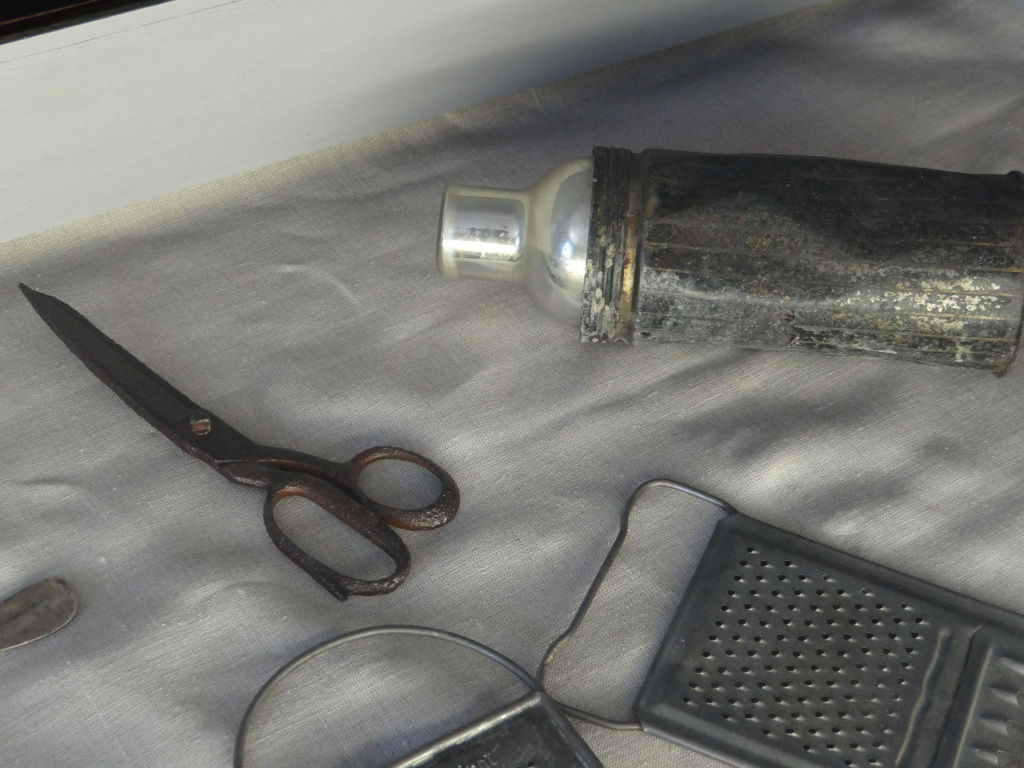
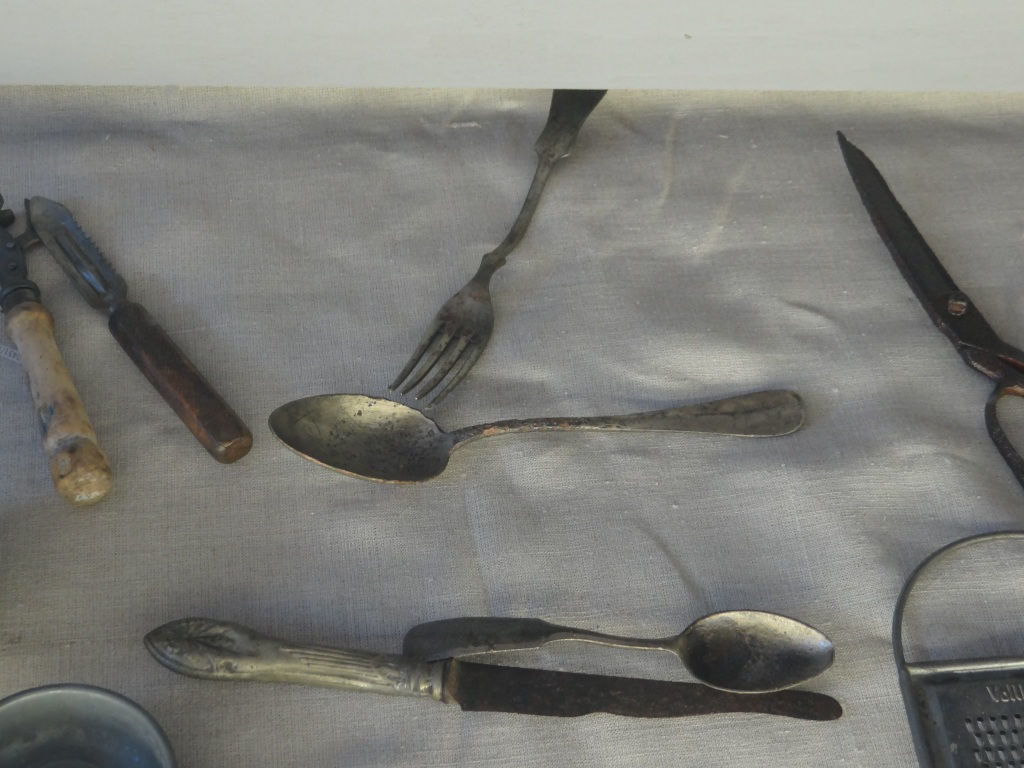 Auschwitz Concentration Camp was also the site of disturbing medical experimentation on Jewish and Roma prisoners, including castration, sterilisation and testing how they were affected by contagious diseases. The infamous “Angel of Death”, SS captain Dr Josef Mengele, was one of the physicians practising here. His particular interest was experimenting on twins.
Auschwitz Concentration Camp was also the site of disturbing medical experimentation on Jewish and Roma prisoners, including castration, sterilisation and testing how they were affected by contagious diseases. The infamous “Angel of Death”, SS captain Dr Josef Mengele, was one of the physicians practising here. His particular interest was experimenting on twins.
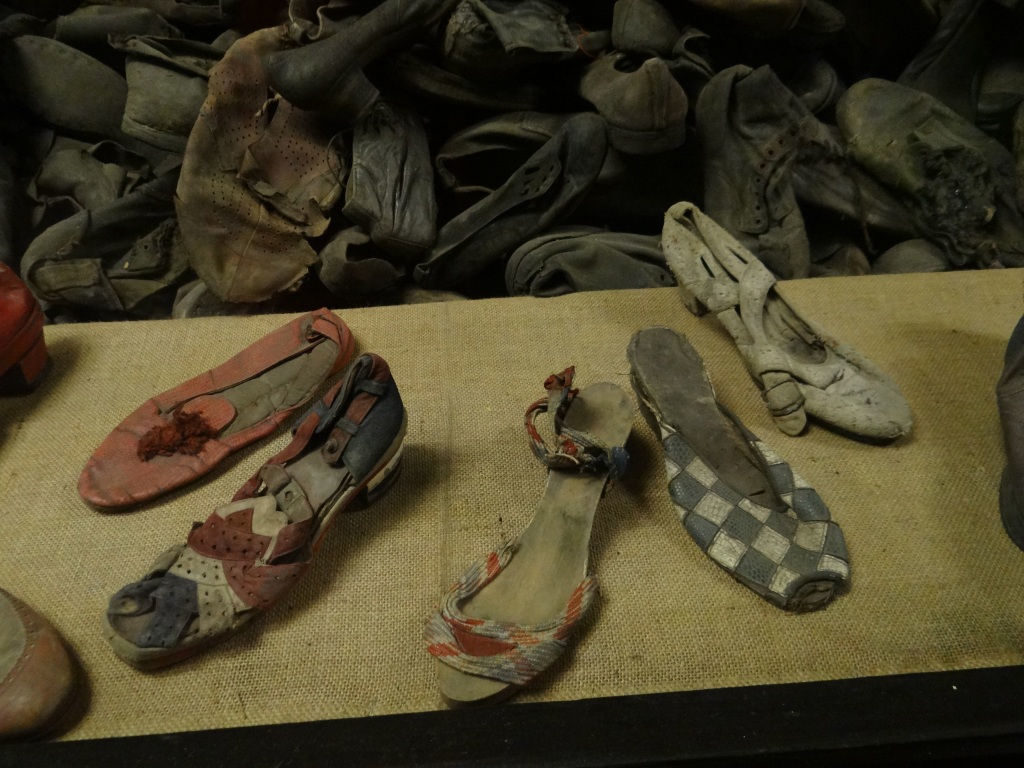
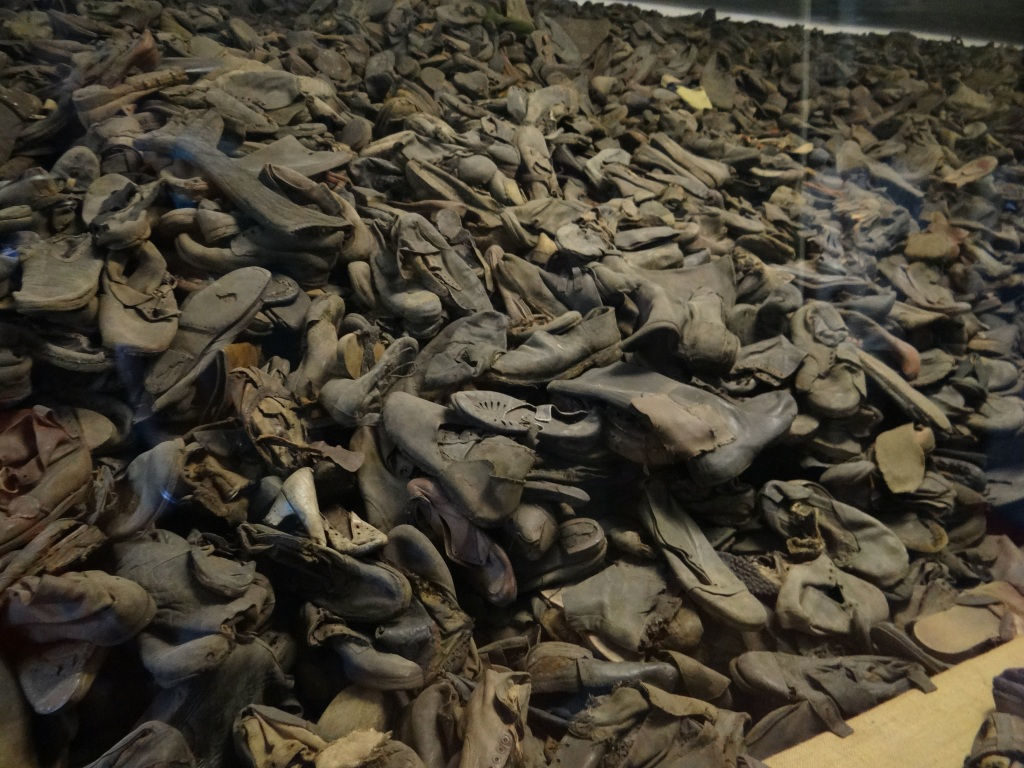 Feeling a Huge Emptiness
Feeling a Huge Emptiness
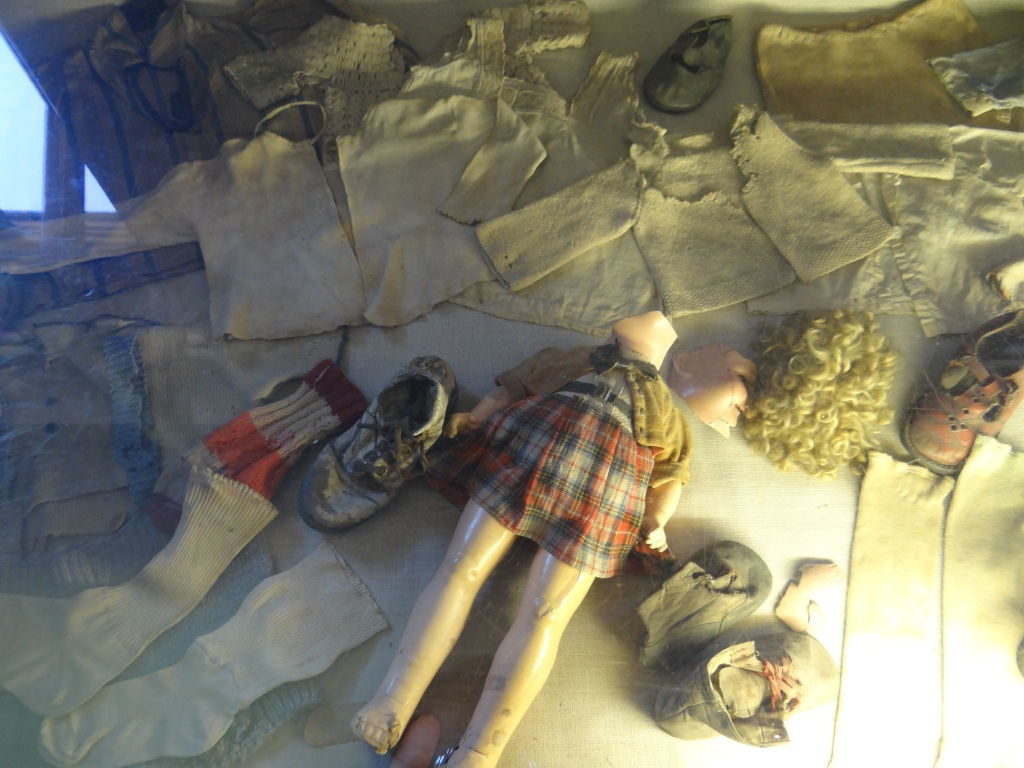 We reach the room of children’s clothing (which also displayed haunting photos of skeletal children at Auschwitz) and tears were streaming down my face. I felt numb with a huge emptiness in my body at the same time. I got dizzy at a time but I had to move on and follow the group. I felt such pain!
We reach the room of children’s clothing (which also displayed haunting photos of skeletal children at Auschwitz) and tears were streaming down my face. I felt numb with a huge emptiness in my body at the same time. I got dizzy at a time but I had to move on and follow the group. I felt such pain!
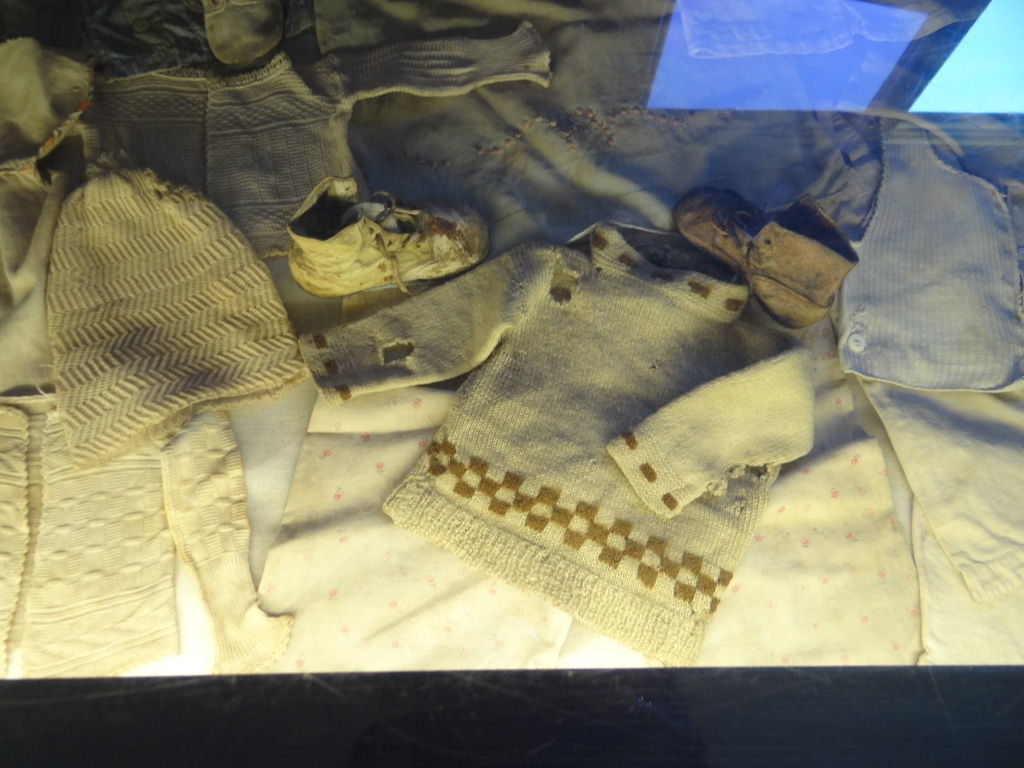 It is said that visiting such a devastatingly dark place makes you feel numb. I could not believe it until I experienced it for myself. The lack of logic, sense, or even basic human-ness makes a place like Auschwitz Concentration Camp impossible to fully grasp, especially while you are there, staring the reality and the proof right in the face.
It is said that visiting such a devastatingly dark place makes you feel numb. I could not believe it until I experienced it for myself. The lack of logic, sense, or even basic human-ness makes a place like Auschwitz Concentration Camp impossible to fully grasp, especially while you are there, staring the reality and the proof right in the face.
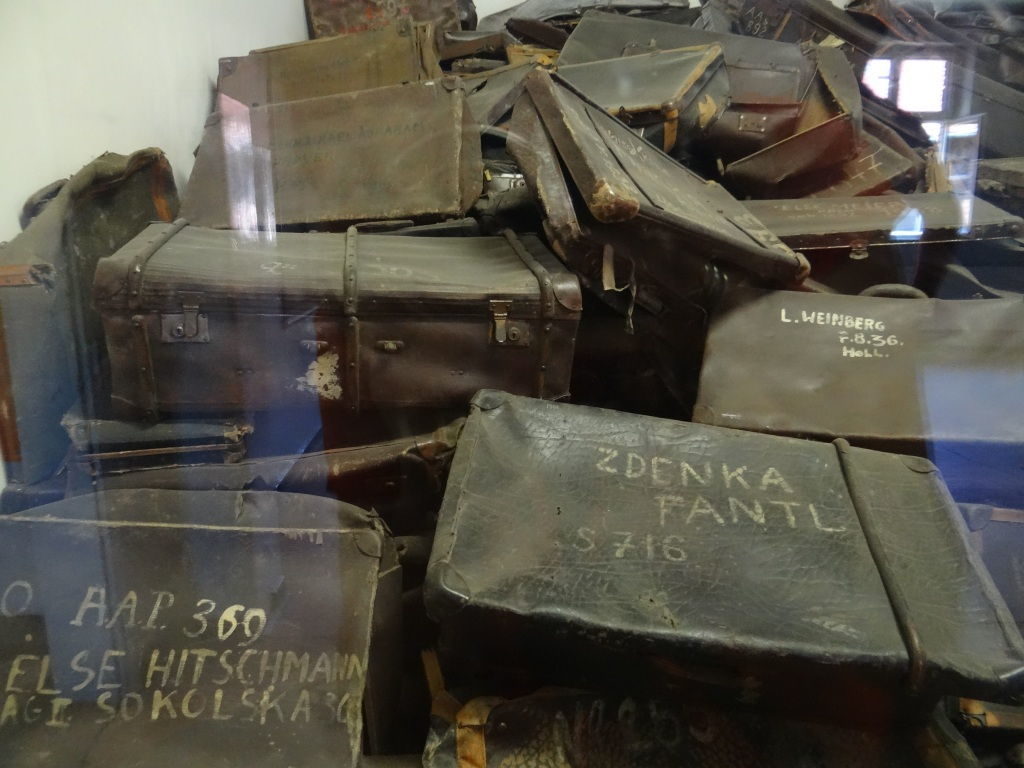
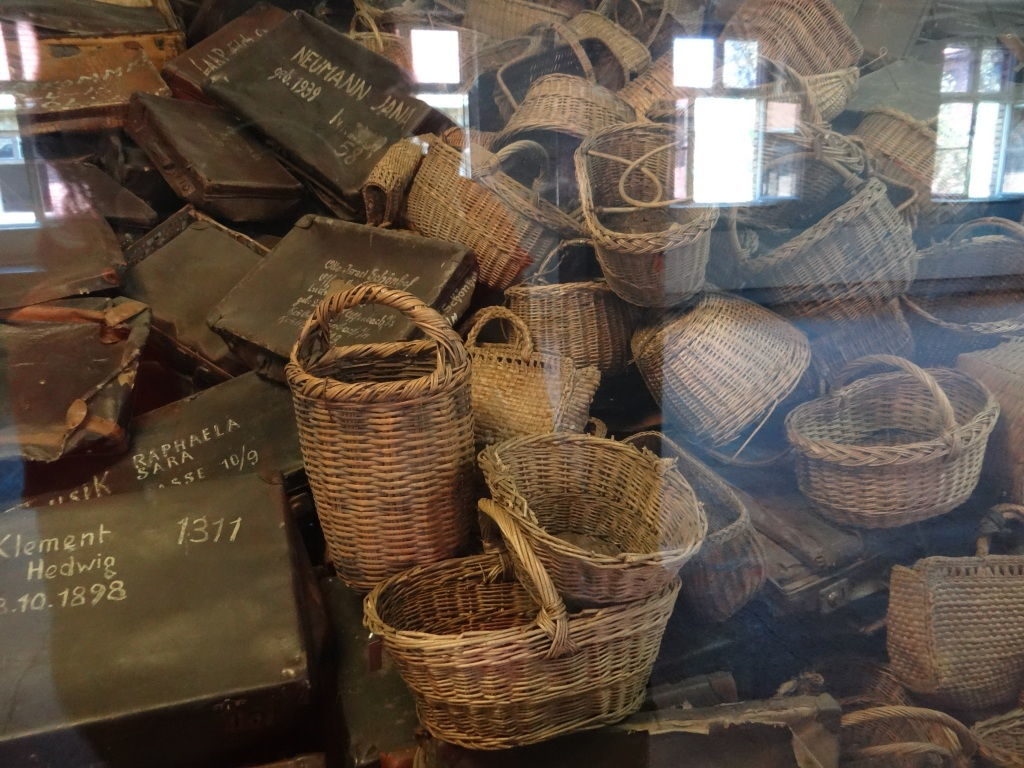 Prisoners’ Faces
Prisoners’ Faces
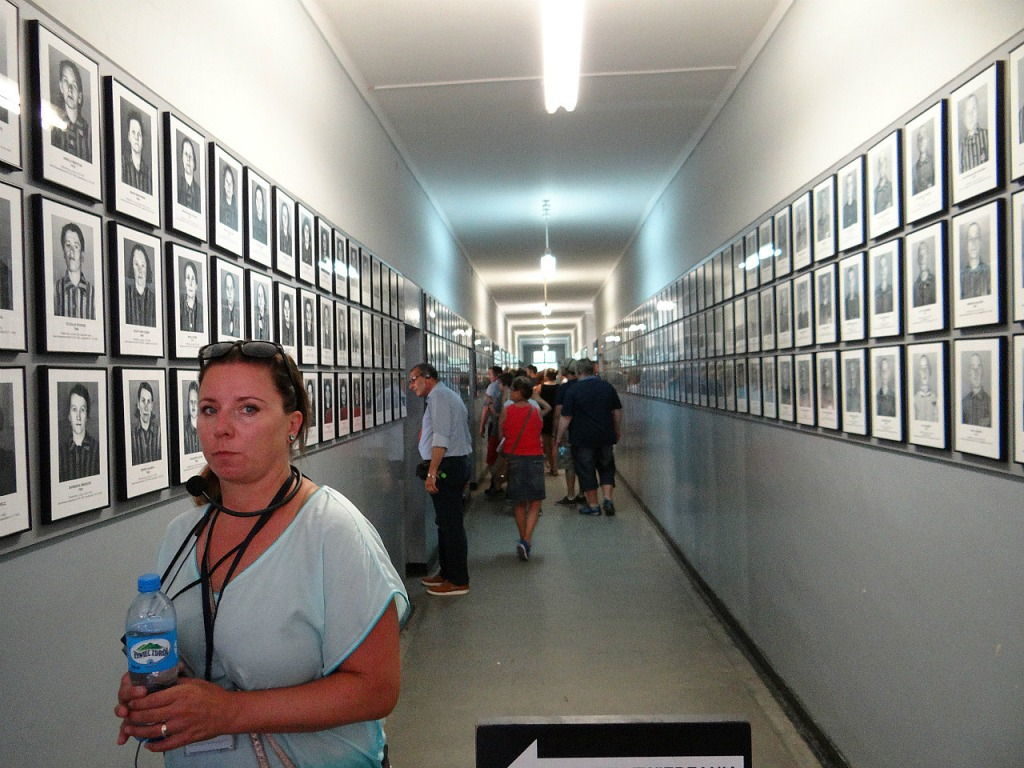 Having a closer look at the mug-shot style photos lined on the walls, each prisoner in white and black striped clothing. At the bottom a name, the date of arrival at the camp and the date he died. Studying the faces is worth the price of admission alone. You could look at the eyes for hours, searching for a glimmer of hope, a pang of fear or a hint of determination. You can’t help but wonder what they were thinking.
Having a closer look at the mug-shot style photos lined on the walls, each prisoner in white and black striped clothing. At the bottom a name, the date of arrival at the camp and the date he died. Studying the faces is worth the price of admission alone. You could look at the eyes for hours, searching for a glimmer of hope, a pang of fear or a hint of determination. You can’t help but wonder what they were thinking.
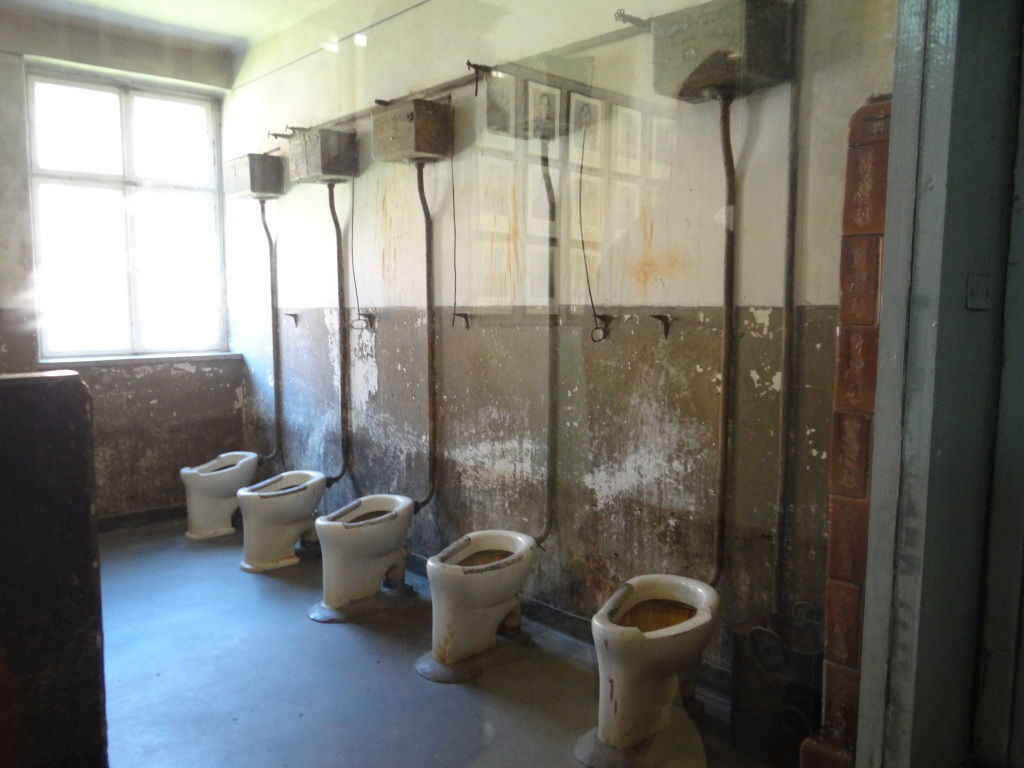 And suddenly you hear the guide saying “Three weeks after these photos were taken, all these people were dead.” Very few of them survived at Auschwitz for more than 9 months!
And suddenly you hear the guide saying “Three weeks after these photos were taken, all these people were dead.” Very few of them survived at Auschwitz for more than 9 months!
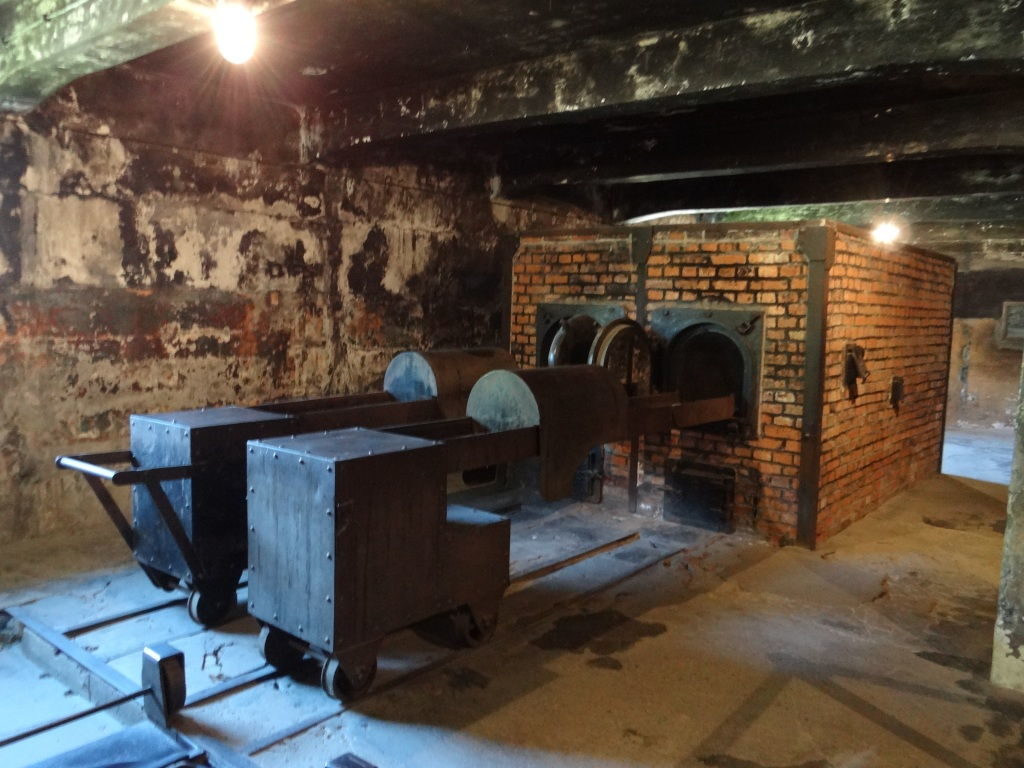
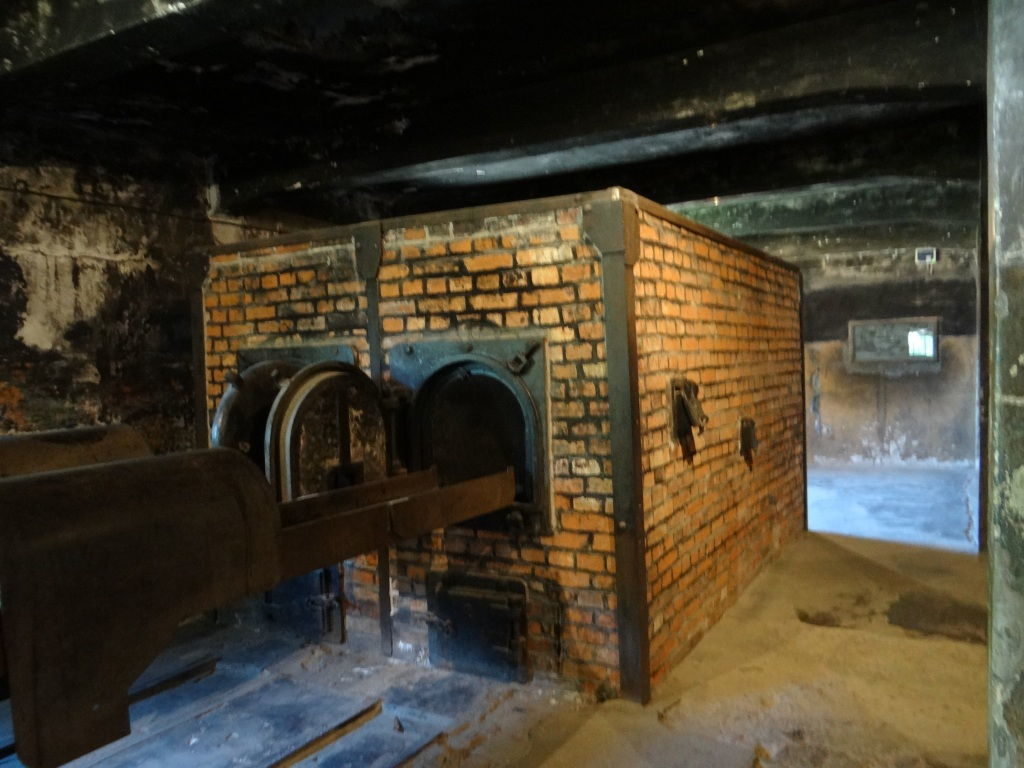 Bottom Line
Bottom Line
Through the whole ride back to the hotel, I had that same numbness. I could barely talk to my friend and remained silent until we reached our hotel. The first thing we did was to have a hot shower each…as if to take off and away from us what we experienced earlier that day. Although a visit to Auschwitz Concentration Camp is far from a comfortable experience, it is nevertheless an important one; as it is crucial that the events of the Holocaust are not forgotten.
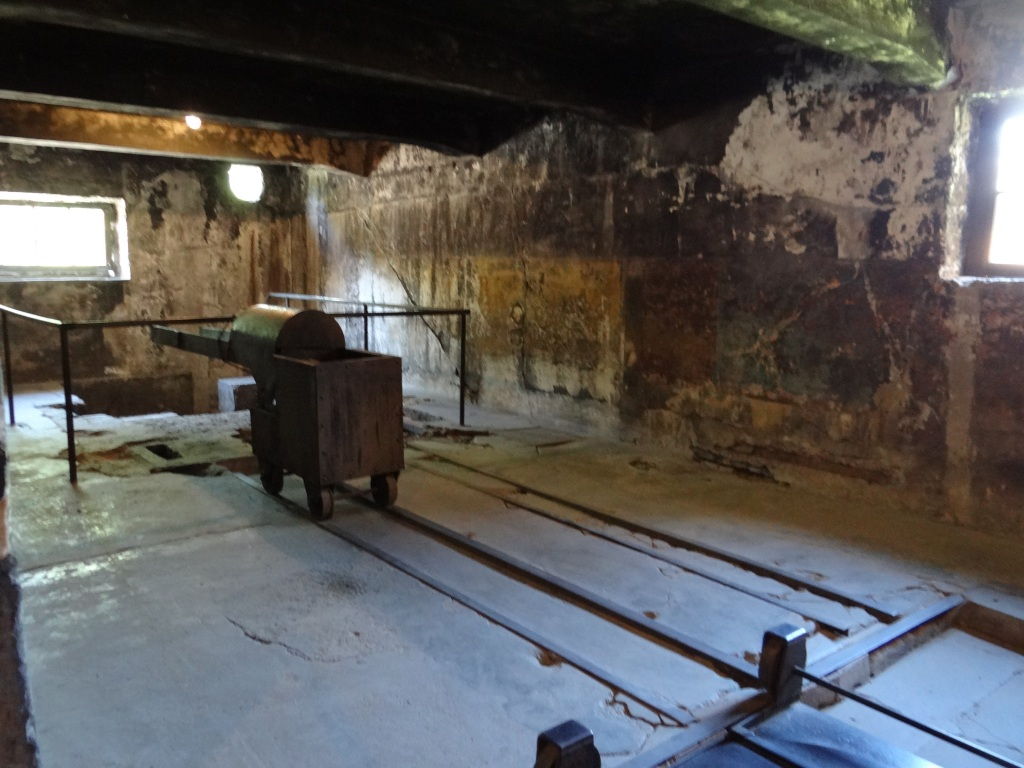 Handy Tips
Handy Tips
A Guide is Essential
If it is your first visit void getting in without a guide. Our own guide Magdalena Medon was very professional and she combined deep and detailed knowledge with the exact right tone and demeanour making this visit an educational and profoundly moving experience. Guides are able to provide invaluable information and answer any questions you may have.
Downside
The tour is done in quick pace because of the great demand of visiting. There are spots you wish to remain a bit longer and suddenly you notice that the group has already moved ahead and you miss what the guide is talking about. When this happens it feels as if you are watching all these through a movie.
Communication
Kraków has dozens of official and independent tourist information offices at key locations all over the city. Signing on by any of the multitudes of Kraków-based tour companies may be a good option as they provide transportation, tickets and general guidance. One such is the Cracow City Tours Phone +48 12 421 13 33.
Bus
The website e-podroznik.pl is a valuable resource for information. Frequent buses depart for Oświęcim from the main bus station (Kraków MDA, ul. Bosacka 18); most stop at the Auschwitz Museum entrance (called ‘Oświęcim Muzeum’), but not all, so make sure beforehand otherwise you may end up at the Oświęcim bus station which is at the other end of town. The journey takes 1hr 20-40mins and costs 14zł.
Train
Frequent, almost hourly trains also run between Kraków and Oświęcim, with a journey time of 1hr 45mins – 2hrs 15mins and a cost of about 9zł; note, however, that early trains to Oświęcim can be eerily crowded, particularly on weekends. Train schedules can also be checked at rozklad-pkp.pl.
The Oświęcim train station (ul. Powstańców Śląskich 22) lies strategically between Auschwitz I and Auschwitz II-Birkenau, which are 3km apart. Local bus numbers 24-29 stop at Auschwitz I; buy a ticket (under 3zł) from the nearest kiosk. Museum buses regularly shuttle visitors between the two camps or catch a cab for 15zł. Waiting for minibus taxis run by Malarek Tour (+48 605 31 50 77) can take you back to Kraków from either camp – a group of eight would pay about 30-40zł/person.




